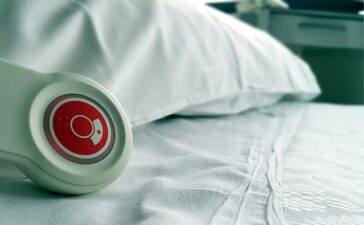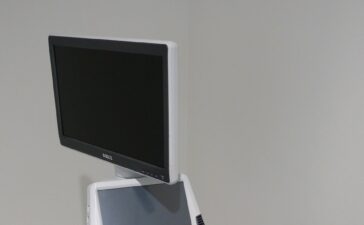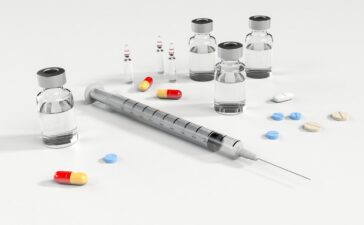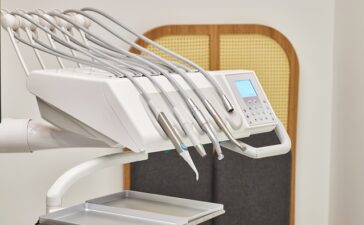Medical equipment testing is a critical part of ensuring the safety and efficacy of healthcare devices. When patients rely on life-saving equipment such as ventilators, heart monitors or infusion pumps, any malfunction could prove fatal. That’s why it’s essential to routinely test medical equipment before and after use to ensure that it functions correctly.
The testing process involves a series of checks to detect any signs of wear or damage that could cause equipment failure. This includes inspecting the equipment for visible signs of damage, monitoring electrical components, and checking for performance issues. An experienced technician may also perform specialized tests to examine the accuracy of the equipment and identify any underlying problems.
Medical equipment testing is especially crucial for equipment used for critical care, such as blood glucose monitors or oxygen concentrators. These devices must deliver accurate results consistently, or the consequences could be dire.
In addition to safety concerns, testing is also necessary to ensure regulatory compliance. Medical equipment manufacturers must adhere to strict regulations set forth by government agencies such as the Food and Drug Administration FDA and the International Electrotechnical Commission IEC. Compliance with these regulations helps prevent equipment malfunctions due to design flaws or insufficient testing.
Medical equipment testing is an essential part of ensuring patient safety, maintaining regulations, and preventing equipment malfunctions. By regularly testing medical equipment, healthcare providers can reduce the risk of device failure and increase the overall quality of care provided to patients.









